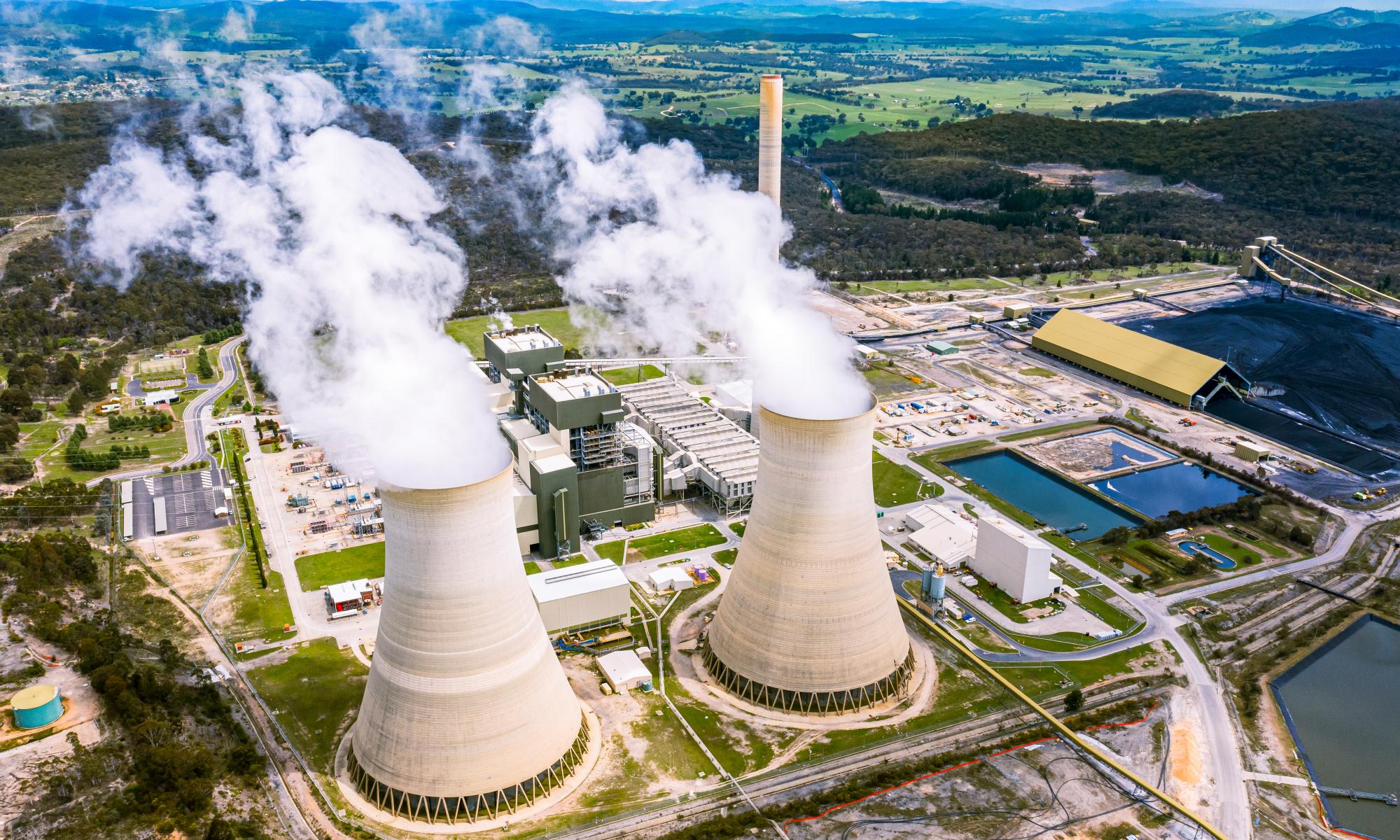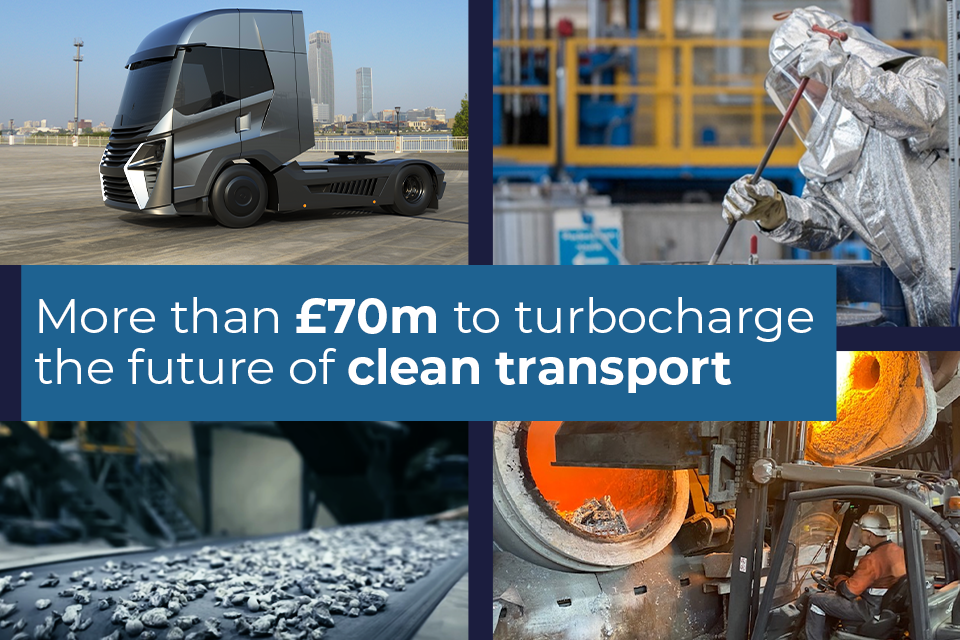AGL Energy will shut down Australia’s biggest single carbon polluting power plant a decade earlier than planned, changing the closure date of its coal-fired Loy Yang A power station in Victoria from 2045 to 2035.
The company, Australia’s biggest electricity generator and polluter, is accelerating its exit from coal, according to plan released to the stock exchange on Thursday. . The strategy details its transition to renewable energy after opposition from its largest shareholder, billionaire Mike Cannon-Brookes, forced it in May to ditch plans to demerge.
The company will leave unchanged the plan to shut its Bayswater black coal-fired power station in NSW’s Hunter Valleybetween 2030 and 2033, a statement by AGL to the stock exchange on Thursday showed.
AGL predicted it will have the largest portfolio of renewable energy and storage of any listed company in the country.
“We have the ambition to supply up to 12 gigawatts of renewable and firming capacity up to 2036 to meet our customer demand, estimated to require up to a $20bn investment,” Patricia McKenzie, the new AGL chair, said in the statement.
“Our interim target is to have up to 5GW of new renewables and firming in place by 2030, funding from a combination of assets on AGL’s balance sheet, offtakes and via partnerships – with battery, wind and solar priority investments at this stage,” she said.
Confirmation of the earlier closure of the 2,210-megawatt Loy Yang A in the Latrobe Valley comes days after the Victorian government announced ambitious plans to bring in more storage to the power system.
Under the targets, Victoria would reach 2.6 gigawatts of renewable energy storage capacity by 2030 and 6.3GW by 2035 – enough to power about half of Victoria’s current homes at their peak energy usage.
The Victorian plant, which comprises Loy Yang A and B stations, supplies about 30% of the state’s electricity and is the biggest single carbon polluting plant in the country. Nationally, only Origin Energy’s 2,880MW plant – due to shut in 2025 – is larger.
AGL has already shut one of the four units of its Liddell coal-fired power station in the Hunter Valley, and will shut the rest of the 1,680MW plant by next April. Bayswater, at 2,640MW, will operate for another six to nine years after Liddell’s closure.
Investors will be looking for how AGL plans to make up for the generation capacity loss with the closure of its three coal-fired power stations. New storage and renewable energy plants are expected to feature in the strategy.
Through his family company, Grok Ventures, Cannon-Brookes released a statement on Wednesday afternoon naming four people he wants to join the five-member AGL board.
The nominations, along with the recent appointment of renewable energy veteran Miles George as a board member, could give Cannon-Brookes effective control over the future of AGL if they are approved by other shareholders at the company’s annual general meeting planned for 15 November.
Guardian Australia has sought comment from AGL, Grok and the Victorian and federal governments.
According to data from the Clean Energy Regulator for 2019-20, the Loy Yang A power station emitted 16.68m tonnes of carbon dioxide-equivalent, with Bayswater’s pollution topping 14m tonnes CO2-equivalent, the two largest single polluting power plants in the country. Eraring’s emissions totalled 13.2m tonnes CO2-equivalent.
All up, AGL contributed about 8% of Australia’s reported carbon emissions for that year, with slightly more than 3% coming from Loy Yang A alone.
On Wednesday, Queensland said it would end its reliance on coal-fired power by 2035 under a 10-year $62bn energy plan to create a clean “super-grid” of solar, wind and hydroelectric power.
“What a week for energy policy. It does not get bigger than this,” said Bruce Mountain, the head of the Victoria Energy Policy Centre.
Mountain said it looks like the Victorian government’s storage targets anticipated Loy Yang A’s closure and were consistent with what the Australian Energy Market Operator has modelled.
“The big challenge here will be to build the circa 5GW of wind and 5GW of solar needed to fully decarbonise by 2035, which now seems to be the implicit target date,” Mountain said, referring to Victoria’s trajectory.
“I don’t see technology or capital constraints,” he said. “The main challenge will be one of co-ordination and direction.”
“The foundations have been laid in VicGrid, the Solar Homes program, the Offshore Wind Target and now the Storage Target,” Mountain said. “The task now is to ensure that these are implemented.”


